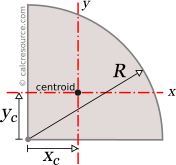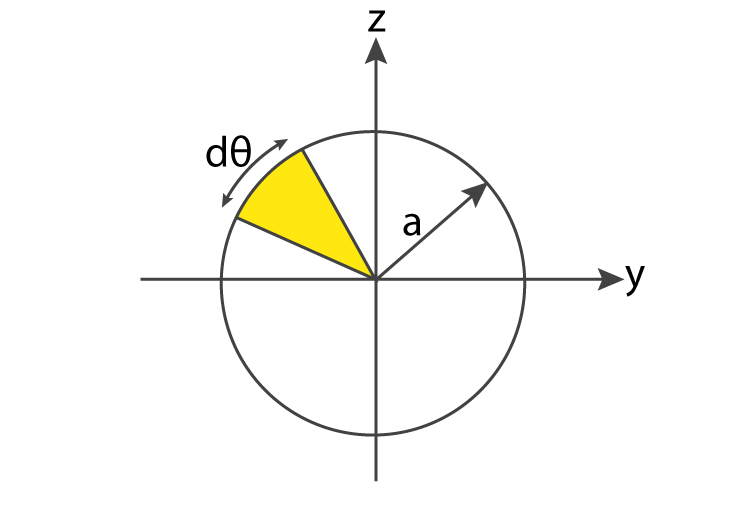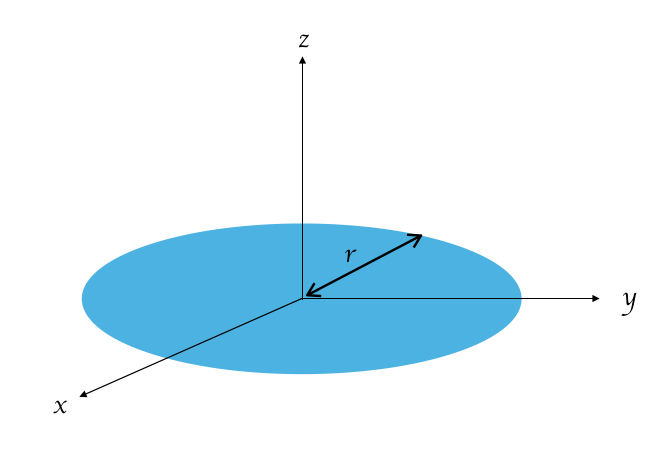

Since we have a circular area, the Cartesian x,y system is not the best option. First we must define the coordinate system. Using the above definition, which applies for any closed shape, we will try to reach to the final equation for the moment of inertia of circle, around an axis x passing through its center.

Depending on the context, an axis passing through the center may be implied, however, for more complex shapes it is not guaranteed that the implied axis would be obvious.įrom the definition also, it is also apparent that the moment of inertia should always have a positive value, since there is only a squared term inside the integral.įinding the equation for the moment of inertia of a circle Often though, one may use the term "moment of inertia of circle", missing to specify an axis. Where A is the area of the shape and y the distance of any point inside area A from a given axis of rotation.įrom this definition it becomes clear that the moment of inertia is not a property of the shape alone but is always related to an axis of rotation.

The second moment of area of any planar, closed shape is given by the following integral: Typical units for the moment of inertia, in metric, are: Typical units for the moment of inertia, in the imperial system of measurements are: By definition, the moment of inertia is the second moment of area, in other words the integral sum of cross-sectional area times the square distance from the axis of rotation, hence its dimensions are ^4. In fact, this is true for the moment of inertia of any shape, not just the circle. Since those are lengths, one can expect that the units of moment of inertia should be of the type: ^4. The above equations for the moment of inertia of circle, reveal that the latter is analogous to the fourth power of circle radius or diameter. The moment of inertia of circle with respect to any axis passing through its centre, is given by the following expression:Įxpressed in terms of the circle diameter D, the above equation is equivalent to:


 0 kommentar(er)
0 kommentar(er)
